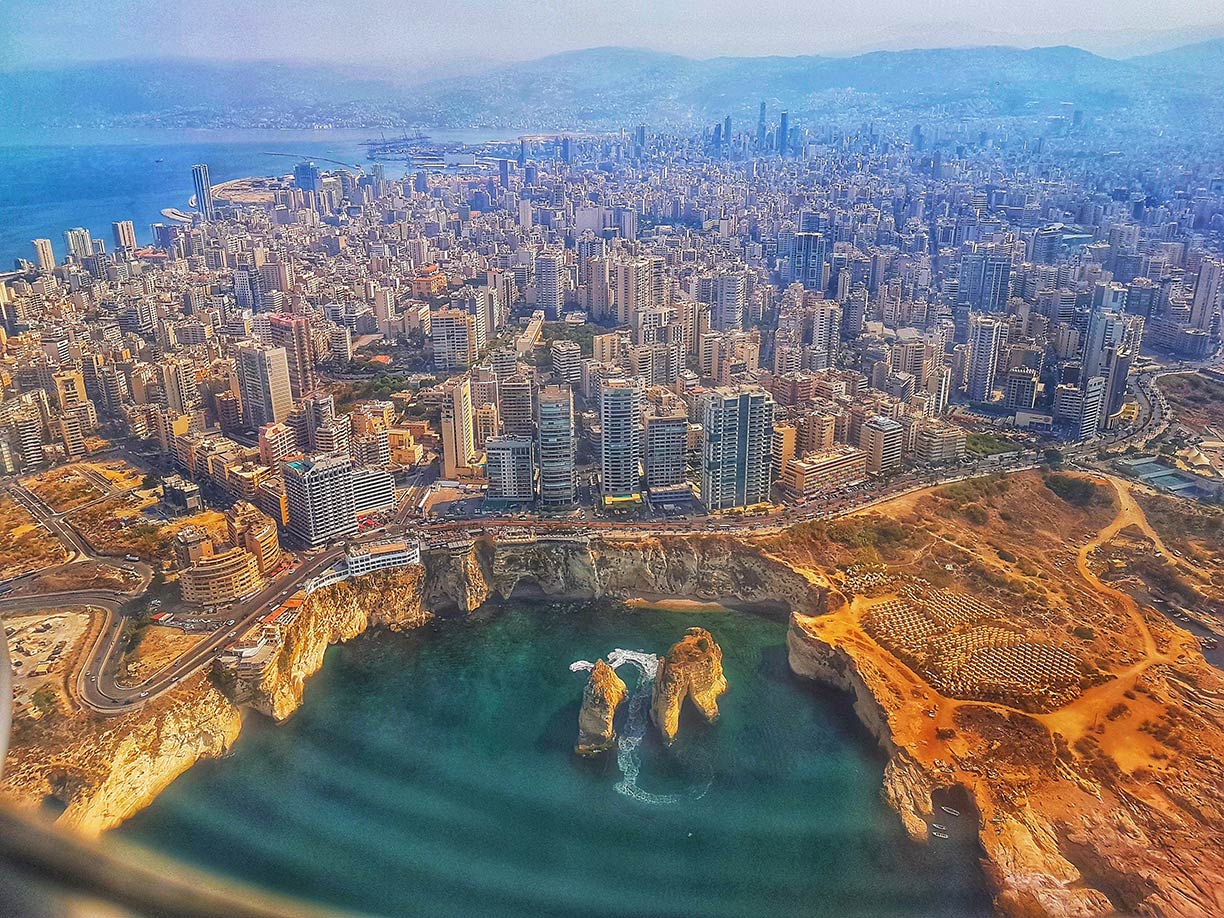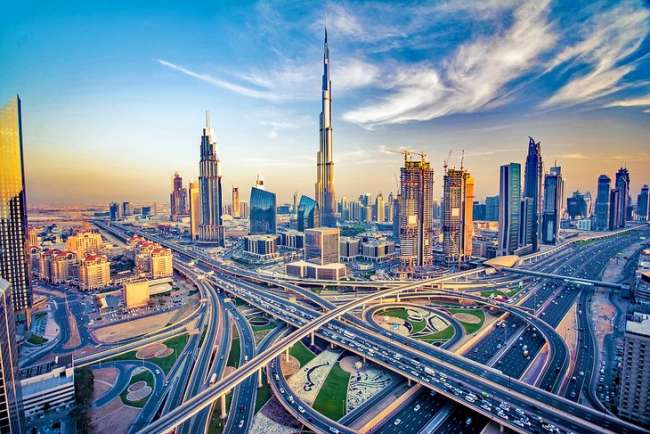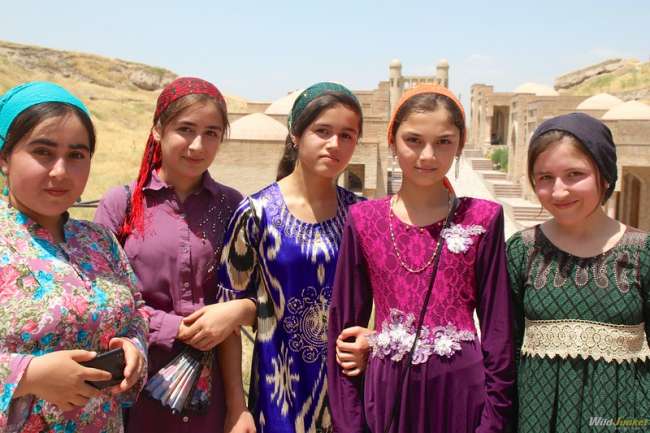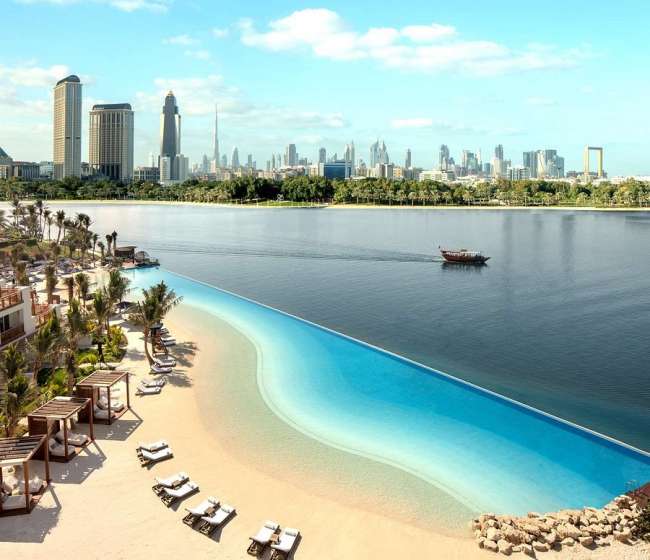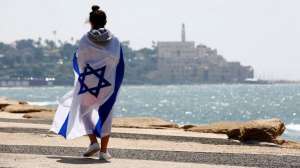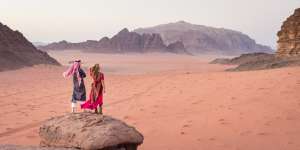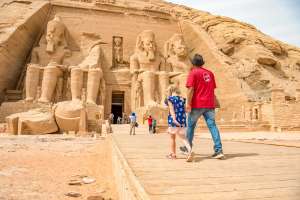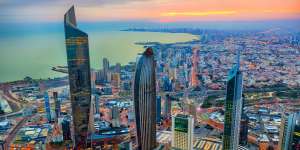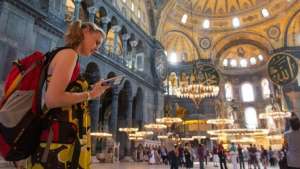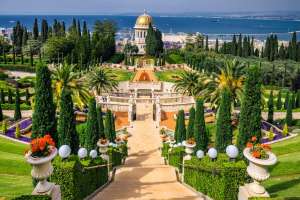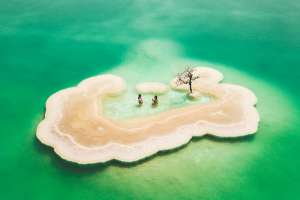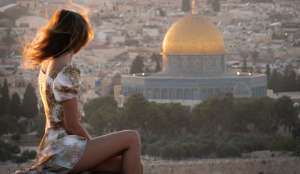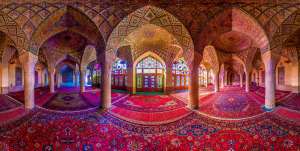Lebanon, officially called the Lebanese Republic, is an Arabic-speaking nation resting along the eastern coast of the Mediterranean Sea. It is situated in Western Asia, bordered by Syria to the north and east, and Israel to the south, with the island of Cyprus lying a short distance away across the blue expanse of the Mediterranean. Its location at the very crossroads of the Mediterranean Basin and the Arabian hinterland has played a defining role in shaping both its identity and its fate.
Throughout its long and storied history, Lebanon has acted as a cultural bridge between East and West. Traders from ancient Phoenician ports sailed its coasts, Roman legions built their temples on its hills, and Arab dynasties once ruled its fertile valleys. This constant interaction gave Lebanon a remarkable mix of civilizations, languages, and religions that still define the country today.
Covering a small territory of about 10,452 square kilometers (4,036 square miles), Lebanon is one of Asia’s smallest nations by area, yet one of the richest in heritage. Its population is estimated at around six million, concentrated mainly along the coastal plains and the Beqaa Valley. Arabic remains the official language, though Lebanese Arabic — a dialect influenced by centuries of cultural exchange — dominates daily conversation. French and English are also widely spoken, particularly in cities, making Lebanon linguistically diverse and open to international influence.
List of the Largest Cities in Lebanon
The following is a detailed list of the country’s biggest and most influential cities. Each of these places carries its own historical, cultural, or economic significance, representing a unique aspect of Lebanese life.
| City | Country | Population | Last Update | Time Zone |
|---|---|---|---|---|
| Beirut | Lebanon | 1,916,100 | 11/9/17 | Asia/Beirut |
| Ra’s Bayrūt | Lebanon | 1,251,739 | 1/17/06 | Asia/Beirut |
| Tripoli | Lebanon | 229,398 | 11/9/17 | Asia/Beirut |
| Sidon | Lebanon | 163,554 | 11/9/17 | Asia/Beirut |
| Tyre | Lebanon | 135,204 | 2/2/12 | Asia/Beirut |
| Nabatîyé et Tahta | Lebanon | 120,000 | 3/28/18 | Asia/Beirut |
| Habboûch | Lebanon | 98,433 | 1/10/18 | Asia/Beirut |
| Jounieh | Lebanon | 96,315 | 3/29/17 | Asia/Beirut |
| Zahlé | Lebanon | 78,145 | 4/21/13 | Asia/Beirut |
| Baalbek | Lebanon | 30,916 | 3/9/14 | Asia/Beirut |
| En Nâqoûra | Lebanon | 24,910 | 1/10/18 | Asia/Beirut |
| Jbaïl | Lebanon | 20,784 | 3/8/14 | Asia/Beirut |
| Bcharré | Lebanon | 20,000 | 1/18/12 | Asia/Beirut |
| Batroûn | Lebanon | 10,852 | 1/18/12 | Asia/Beirut |
| Baabda | Lebanon | 9,000 | 8/9/13 | Asia/Beirut |
| Bhamdoûn el Mhatta | Lebanon | 5,000 | 10/20/09 | Asia/Beirut |
| Aanjar | Lebanon | 2,400 | 2/6/18 | Asia/Beirut |
| Ain Ebel | Lebanon | 2,000 | 10/2/08 | Asia/Beirut |
| Bhamdoun | Lebanon | 1,500 | 10/20/09 | Asia/Beirut |
Lebanon is not only a country of breathtaking landscapes and deep history but also a land where each city reveals a different side of its soul. From mountain towns filled with cedar forests to vibrant coastal ports, every region tells a part of Lebanon’s continuing story. The cities of Lebanon are known for their old ruins, sandy beaches, delicious food, and thriving nightlife — each offering something distinct for both locals and travelers.
Many visitors, however, tend to remain within the comfort of Beirut, rarely exploring beyond its lively streets. Those who take the time to venture north toward Tripoli or south to Sidon and Tyre quickly discover a completely different world — full of charm, tradition, and quiet beauty. Here are some of the most significant and fascinating cities in Lebanon worth discovering.
1. Beirut
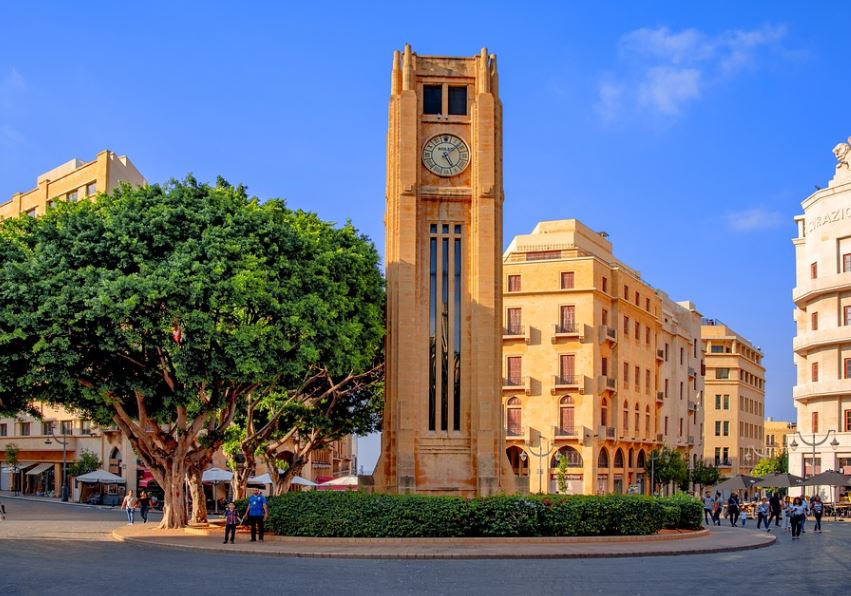
Beirut, Lebanon’s capital and largest city, is the beating heart of the country. With a population of about 1.9 million people, it stands as Lebanon’s political, financial, and cultural center. Situated along the Mediterranean coast, Beirut serves as the nation’s primary commercial port and the headquarters of major local and international banks.
What makes Beirut unique is its enduring spirit. Despite wars, reconstruction, and constant reinvention, the city remains a symbol of resilience. The capital is a mosaic of old and new — where Ottoman-era mansions and French colonial buildings stand alongside sleek skyscrapers and cafés buzzing with youthful energy.
Visitors to Beirut can explore the National Museum of Beirut, which houses artifacts dating back thousands of years; the Sursock Museum, celebrated for its modern art exhibitions; and the Archaeological Museum of the American University of Beirut, a treasure trove of ancient discoveries. Beirut’s nightlife is equally legendary — from its rooftop bars overlooking the sea to the lively districts of Mar Mikhael and Gemmayzeh. Sports and festivals also thrive here, with the Camille Chamoun Sports City Stadium and Beirut Municipal Stadium regularly hosting regional and international events.
2. Tripoli
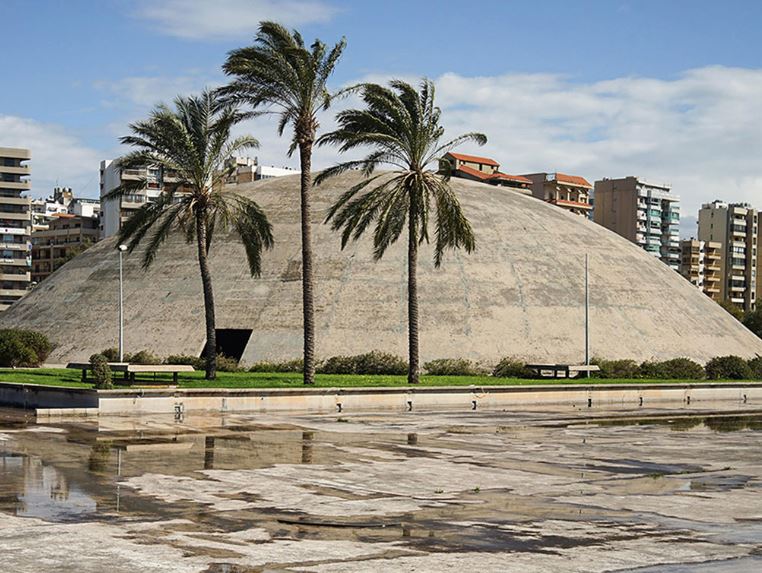
Tripoli is Lebanon’s second-largest city and one of its oldest coastal centers, located in the northern region. Home to around 230,000 residents, it has long been known as a hub of trade, craftsmanship, and cultural depth. The city’s port, El Mina, has served as a gateway for merchants for centuries, linking Lebanon to the Mediterranean’s northern coasts.
Tripoli’s skyline is dominated by minarets and medieval fortresses, a reflection of its historical importance. The Citadel of Raymond de Saint-Gilles, built during the Crusades, remains one of its most prominent landmarks. Wandering through Tripoli’s old souks — filled with spice stalls, soap makers, and carpenters — gives visitors a glimpse of authentic Lebanese life untouched by modern rush.
The city also contains several major mosques and churches that highlight its religious diversity. Tripoli’s Clock Tower, built during Ottoman times, and the Palm Islands Nature Reserve, Lebanon’s only marine reserve, offer both history and nature in one place. Known for its traditional sweets like Tripoli halva and ma’arouk, this northern gem continues to embody the charm of old Lebanon while slowly embracing modern development.
3. Sidon
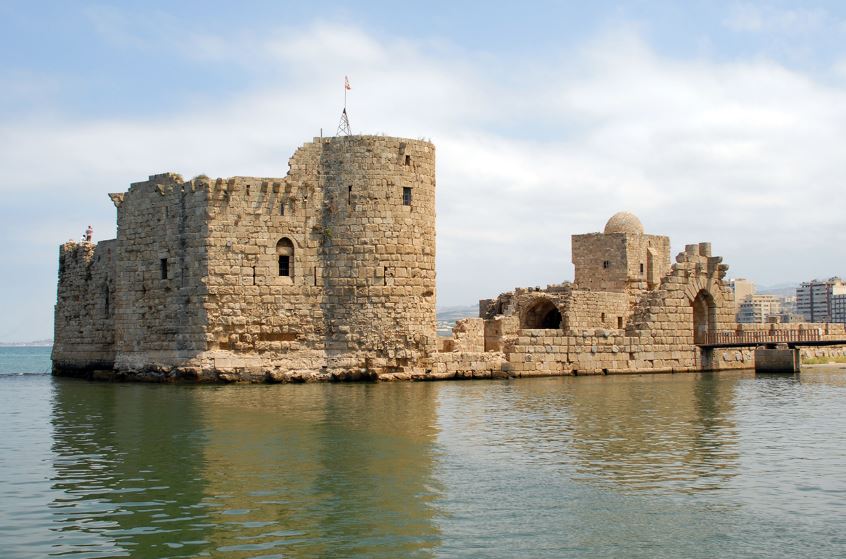
Sidon, known locally as Saida, is Lebanon’s third-largest city with an estimated population of about 163,000 people. Located along the southern coast, it has stood for thousands of years as one of the oldest continuously inhabited cities in the world. Once a flourishing Phoenician port, Sidon played a vital role in maritime trade, glass production, and the development of purple dye that made its merchants famous across ancient empires.
The city’s charm lies in the layers of civilizations that left their mark. You can walk through its narrow streets lined with Ottoman khans, medieval mosques, and ancient sea-facing fortresses. The Sidon Sea Castle, built by Crusaders in the 13th century, still guards the port and remains one of Lebanon’s most photogenic historic sites. The Khan al-Franj, once a caravanserai for foreign merchants, stands as a reminder of the city’s cosmopolitan trading past.
Modern Sidon continues to thrive as an agricultural and fishing hub. It is particularly known for citrus groves and olive oil production. However, like many coastal towns, Sidon faces the challenge of pollution, particularly from waste dumps near the shoreline. Despite these issues, its people remain resilient and proud of their heritage. Sidon combines a sense of ancient continuity with the daily rhythm of a living, breathing city — where fishermen, farmers, and merchants continue traditions that began millennia ago.
4. Tyre
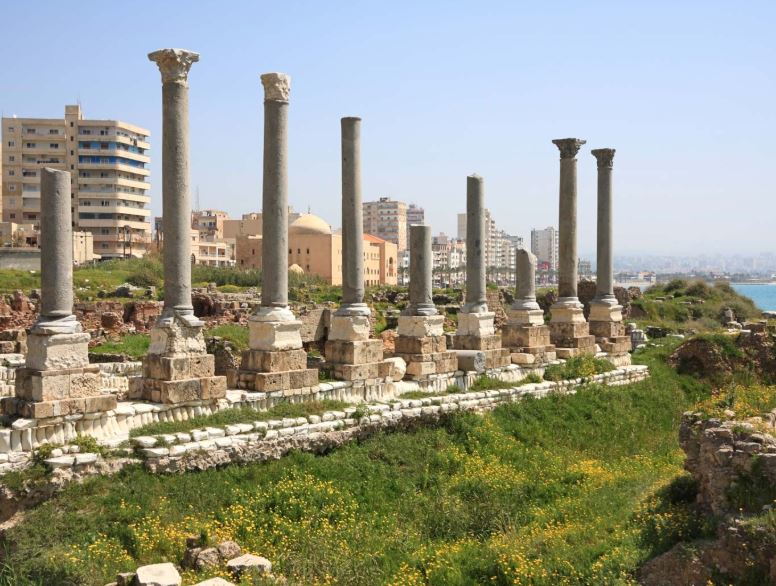
Tyre, or Sour in Arabic, is another of Lebanon’s most historically significant and visually captivating coastal cities. With a population of roughly 135,000, it lies in the south of the country and holds the legacy of one of the greatest Phoenician city-states. Founded around 2750 BCE, Tyre was a global maritime power, famous for exporting cedar wood and producing royal purple dye made from sea snails — a product so valuable that it symbolized kingship across the ancient world.
Today, Tyre’s ruins are listed as a UNESCO World Heritage Site, a recognition of its exceptional archaeological and cultural importance. Visitors can explore the vast Roman necropolis, well-preserved hippodrome, and ancient colonnaded streets that once connected temples and markets. The city’s old harbor, still in use, gives an atmospheric glimpse into a past where Phoenician ships once sailed to distant ports as far as Carthage and Spain.
Modern Tyre offers a more relaxed pace of life than Beirut, with sandy beaches, lively cafés, and a strong sense of community. Local fishermen still work from the same shorelines their ancestors used, and families gather at sunset to stroll the corniche. Despite modern challenges, Tyre remains one of Lebanon’s proudest symbols of resilience — a living bridge between ancient civilization and present-day coastal life.
5. Kobayat
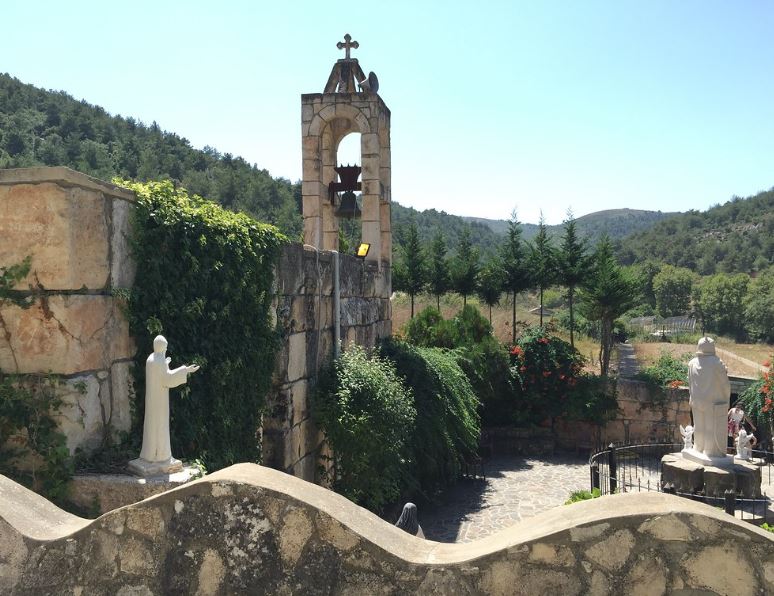
Kobayat, a lush town nestled in the Akkar region of northern Lebanon, is often described as the country’s green treasure. Though it is less visited by tourists, its natural beauty and peaceful environment make it a perfect destination for those seeking a quieter and more authentic experience. The area’s mild summer weather, fresh air, and mountain scenery give Kobayat a charm that contrasts sharply with the bustling energy of Beirut or Tripoli.
The town is surrounded by dense forests, olive groves, and valleys that stretch toward the Syrian border. Kobayat also serves as one of the starting points for the Lebanon Mountain Trail, a long-distance hiking route that connects various parts of the country through dramatic landscapes and small rural communities. Along the way, hikers can discover monasteries, historic churches, and ancient stone bridges that tell the story of a deeply rooted Christian heritage.
Kobayat’s residents are known for their hospitality and strong attachment to local traditions. Each summer, cultural festivals and agricultural fairs bring the community together, celebrating Lebanese food, music, and crafts. In a country where urbanization is spreading quickly, Kobayat remains a reminder of Lebanon’s natural wealth — a place where history, faith, and nature meet in quiet harmony.
6. Bcharri
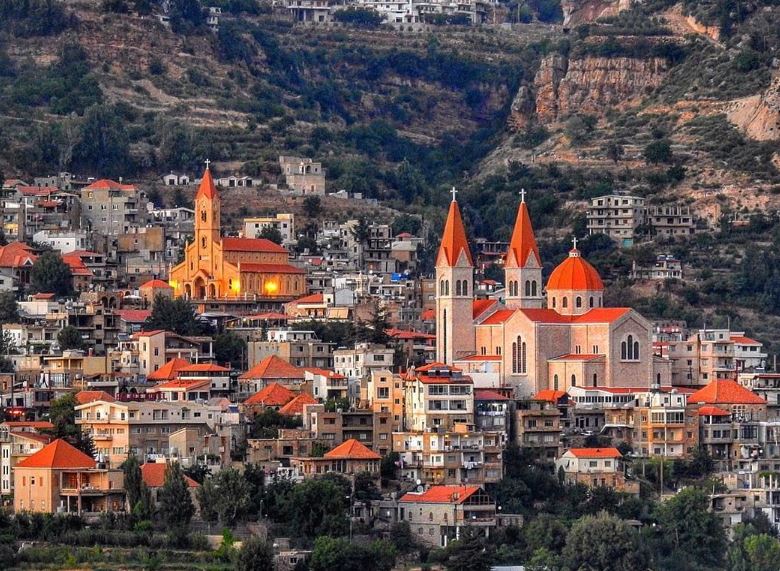
Bcharri, often referred to as the “House of Ishtar,” sits high in the mountains of northern Lebanon. It is one of the country’s most enchanting towns, best known for its breathtaking views, deep cultural roots, and its connection to the Lebanese national poet Gibran Khalil Gibran. The Gibran Museum, located here, preserves many of his manuscripts, paintings, and personal belongings brought from his home in New York.
The town overlooks the stunning Kadisha Valley, also known as the “Holy Valley,” which is dotted with ancient monasteries carved into the rock. This valley has served as a refuge for Christian communities since the early centuries of Christianity and is now recognized as a UNESCO World Heritage Site. Bcharri is also home to the legendary Cedars of God, a forest of ancient cedar trees that have stood for thousands of years and are considered a national symbol of Lebanon.
During winter, Bcharri transforms into a popular ski destination, with slopes that attract both locals and international visitors. In summer, its cool mountain climate and dramatic cliffs offer the perfect escape from the coastal heat. Whether you visit for the cedar forests, the religious heritage, or the poetic legacy of Gibran, Bcharri captures the essence of Lebanon’s mountainous spirit — resilient, inspiring, and timeless.
7. Jannet Chouwen

Jannet Chouwen, often simply called Chouwen, lies within the lush district of Jbeil (Byblos) and is one of Lebanon’s most naturally beautiful destinations. The name “Jannet” means “paradise,” and it truly lives up to that description. Tucked between mountains and rivers, Chouwen offers crystal-clear waters, dense pine forests, and scenic hiking trails that attract adventurers and nature lovers throughout the year.
The area is particularly popular among hikers who come to enjoy the Chouwen Lake Trail, a path that winds through greenery and ends at a turquoise pool surrounded by rock cliffs. Visitors often swim, picnic, or camp along the riverbanks, soaking in the serenity that feels miles away from city life. It’s one of the few places in Lebanon where you can experience both mountain and water scenery in a single view.
For those seeking calm and connection to nature, Jannet Chouwen offers a sense of peaceful isolation rarely found elsewhere. It’s not about monuments or museums here — it’s about the experience of nature itself. The air feels fresher, the light softer, and the stillness around the river almost sacred. This little piece of paradise proves that Lebanon’s beauty is not confined to its cities but thrives in its untouched natural landscapes.
8. Harissa

Harissa is a mountain town that overlooks the Bay of Jounieh, about twenty kilometers north of Beirut, and it stands as one of Lebanon’s most important religious and spiritual landmarks. The town is best known for the massive white statue of Our Lady of Lebanon, which stands atop a spiral base on a hill overlooking the Mediterranean Sea. This statue, built in 1908, has become a national symbol and a destination for Christian pilgrims from around the world.
The view from Harissa is nothing short of breathtaking. Visitors can reach the top by road or by taking the cable car — known as the Téléphérique — which glides from Jounieh to Harissa, offering panoramic views of the coastline below. The experience is both thrilling and serene, blending nature, faith, and beauty in one unforgettable journey.
Harissa’s church complex includes a large basilica, chapels, and gardens that attract thousands of worshippers, especially during religious festivals and Marian celebrations. Declared a sacred site by Pope Pius IX, the shrine was constructed to commemorate the 50th anniversary of the proclamation of the Immaculate Conception. The town around the sanctuary is peaceful, filled with cafés, small guesthouses, and pine-covered hills. Whether you are religious or simply seeking tranquility, Harissa feels like a place where heaven and earth meet in quiet harmony.
9. Zahle
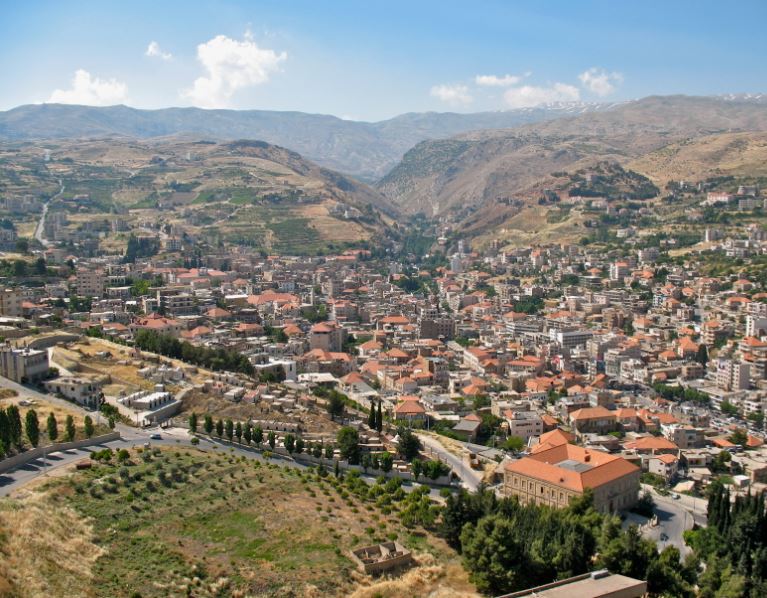
Zahle is one of Lebanon’s most charming inland cities and the largest in the Beqaa Valley. It lies along the banks of the Berdawni River and is often called “the City of Wine and Poetry” — a nickname earned through its long history of producing excellent wines and inspiring generations of writers. With a population of nearly eighty thousand, Zahle serves as the heart of Lebanon’s agricultural region and a key center of Christian culture in the east.
The city’s old quarters are filled with traditional red-roofed houses, Ottoman-style courtyards, and narrow streets leading to lively cafés that line the river. Locals and visitors alike gather in these riverside restaurants to enjoy mezze, grilled meats, and the area’s renowned arak, an anise-flavored liquor produced in local distilleries.
Zahle is also a place of pilgrimage and history. The Our Lady of Beqaa shrine attracts worshippers from all over the country, and nearby stand the remains of old Ottoman buildings and 20th-century markets such as Souq el-Blatt, still echoing with the rhythm of daily trade. Because of its location, Zahle offers easy access to the ancient ruins of Baalbek to the north and the vineyards of the Beqaa to the south. It combines the feel of a tranquil small town with the vitality of a cultural capital — a place where faith, food, and poetry intertwine seamlessly.
10. Laqlouq

Laqlouq is a picturesque mountain resort town that transforms beautifully with the changing seasons. Perched high in the Byblos District, it is surrounded by limestone peaks and terraced valleys that turn golden in summer and white with snow in winter. With its clean air and peaceful atmosphere, Laqlouq has become one of Lebanon’s favorite weekend retreats for locals seeking to escape the noise of the cities.
In winter, the town’s Laqlouq Ski Resort attracts families and young adventurers alike, offering several ski slopes suited for beginners and intermediate skiers. When the snow melts, Laqlouq reveals a different kind of charm: green hillsides perfect for hiking, picnics, and photography. The town’s position also makes it a convenient base for exploring nearby natural and spiritual sites such as the Baatara Gorge Waterfall, a breathtaking sinkhole and waterfall; the Afqa Cave, associated with ancient Phoenician mythology; and the village of Annaya, home to the monastery of Saint Charbel, one of Lebanon’s most venerated Christian saints.
Despite its modest size, Laqlouq reflects the diversity that defines Lebanon — a place where faith and leisure, ancient myth and modern life, coexist in harmony. The quiet streets, small guesthouses, and family-run restaurants give it a welcoming feel, and in every season, the landscape changes but never loses its beauty.
Most of Lebanon’s major cities are located along its narrow coastal strip, serving historically as gateways between Asia and the Mediterranean world. These urban centers — from Beirut’s cosmopolitan skyline to Tyre’s ancient ruins and Tripoli’s medieval charm — have all contributed to the country’s reputation as a land of trade, culture, and hospitality.
Yet, beyond these famous destinations, smaller towns like Kobayat, Bcharri, and Laqlouq reveal another side of Lebanon: one filled with mountain trails, spiritual sites, and natural serenity. Each city and town, no matter its size, tells a chapter in the Lebanese story — one of resilience, creativity, and enduring beauty that continues to captivate all who wander through it.


